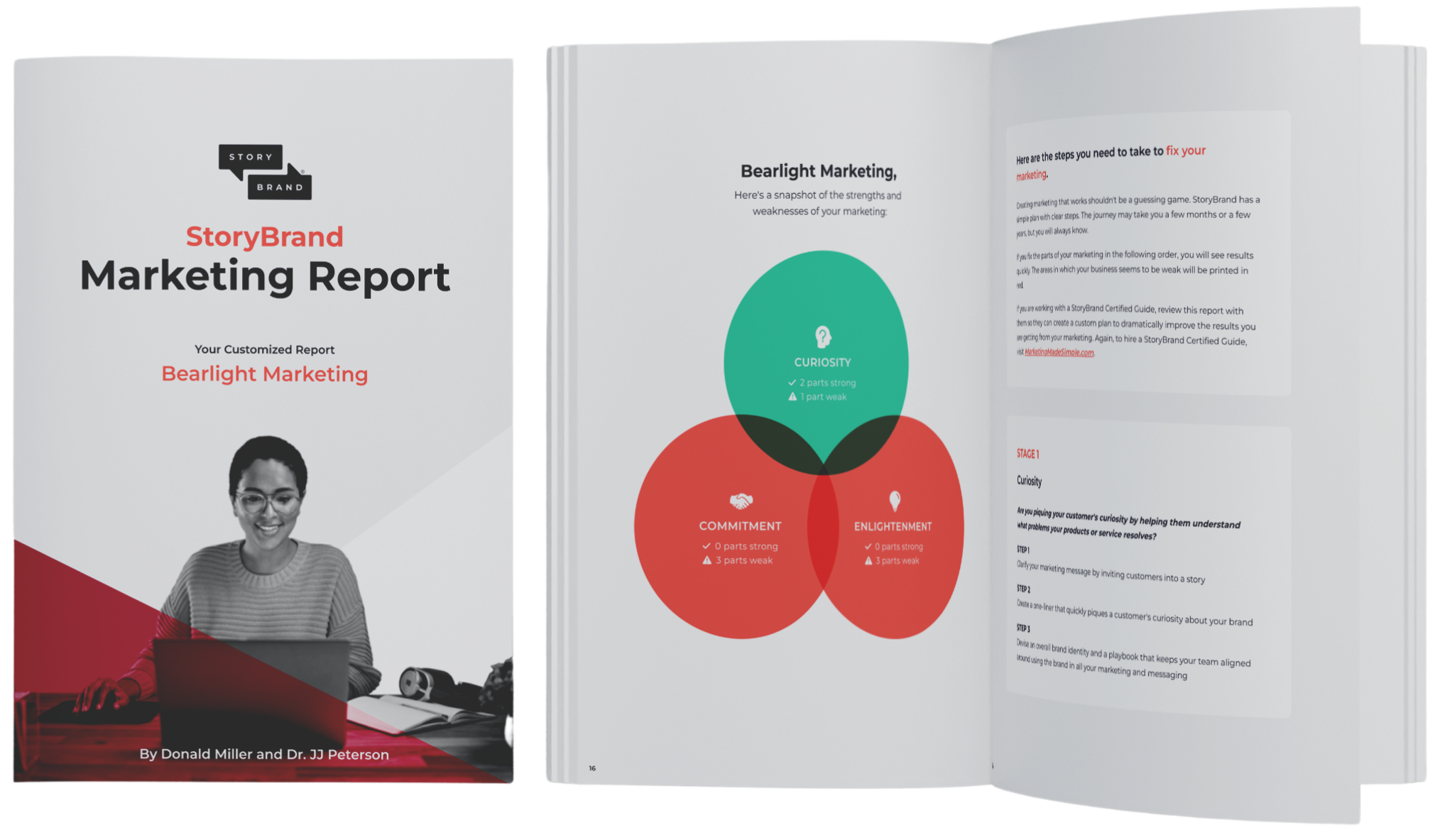Ah, websites. The pride or bane of a small business owner’s existence.
Some folks are still convinced they don’t need one. Others pour money into it.
Some people get nothing from their website. Others couldn’t imagine doing business without it.
But for the vast majority of us, we know we need one. And if you’re going the DIY route, here are the bare-bones basics of how to make a website.
1. Clarify your goals
Not all websites are created equal. And not all are designed to do the same thing.
Yes, your site should “grow your business.” But how? What do you need it to do?
Many folks put tons of time or money into a site when they really just need something simple. While others throw something up there quickly that should actually be much more.
There are generally three categories of marketing websites:
1. Online business card
You don’t need your site to do much. You just don’t want nothing to show up if someone googles you.
An online business card website typically takes the form of a simple one-page design. It should still include a compelling message, quality visuals and clear ways for people to get in touch with you. But that’s about it.
Don’t take the bait of whatever pre-loaded template you’re using—you don’t need their extra pages. Keep it simple.
2. Portfolio site
Here I’m using ‘portfolio’ as the term for your more typical 3-5 page site. Many of us—service providers especially—need a more robust display of our business or organization.
You may need whole pages devoted to specific services. Certainly a portfolio of past work, complete with testimonials.
A lot of folks love the idea of a one-pager, then make that page way too long. If your one-pager takes much longer than a minute to read through, you should start adding pages.
3. Online store
This is fairly self-explanatory. If you want people to actually be able to purchase your products or services from your site, you’ll need a site that includes e-commerce.
A common mistake e-commerce sites make, however, is forgetting the importance of sales language and messaging. Don’t simply list your products. Still outline pages have have a flow to them and use words that connect with visitors.
2. Write it first
This may be a toughy for many DIYers, but here goes: don’t you dare look at that site template before you start writing the copy for your site.
Lots of folks simply load up that Squarespace template and start replacing the words with what seems right. But that strategy, while initially helpful, often becomes problematic.
The template shouldn’t drive the layout of your site; the message should. So write it first, deciding where you want the different sections, before you design.
I literally use a moleskine journal for this. And trust me, it’s ugly—but it works. I’m also working on a fillable homepage PDF for my DIY crowd.
3. Design it
Okay, now we arrive at the step most folks start at. But you’re ready and well-prepared.
There’s just one thing—which friggin’ website builder do you choose? Because there are a million.
Let me save you some time by highlighting a few:
Squarespace
If you want the easiest, most user-friendly experience, Squarespace is your choice. Especially if you dig a more creative, delicate vibe.
WordPress
If you want something a little more powerful (albeit slightly more technical), then I’d advise building on WordPress with a visual builder plugin like Divi, Elementor, Beaver Builder, or Bricks Builder. You can more easily add animations and design tweaks here.
Webflow
If you want to hop on the new wave because you’re just that cool, head to Webflow.
4. Launch it
At last, it’s launch time. So fire up that rocket!
To actually launch a website, you need two things: a domain and hosting. Both of which cost money (don’t worry though, they’re cheap).
I could attempt to explain in the abstract what a domain and hosting is. But I don’t believe you’re looking to fall asleep in the next few minutes.
For your purposes, consider a metaphor. Your website is your house. Your domain is the land that house is built on. Your hosting is like maintenance and utilities so the house stays livable.
If you’re using Squarespace, you can get both of these through them directly.
But there are countless providers of domains and hosting elsewhere. Google Domains is my go-to for domains, and Flywheel is my go-to for hosting WordPress sites.
Ready to graduate?
It’s my experience that many small businesses and non-profits start with a DIY site. And that’s great!
But when it’s time to graduate, it’s time to graduate. And if you’ve arrived at that point, go ahead and click the button below so we can level up your website to the top tier.
